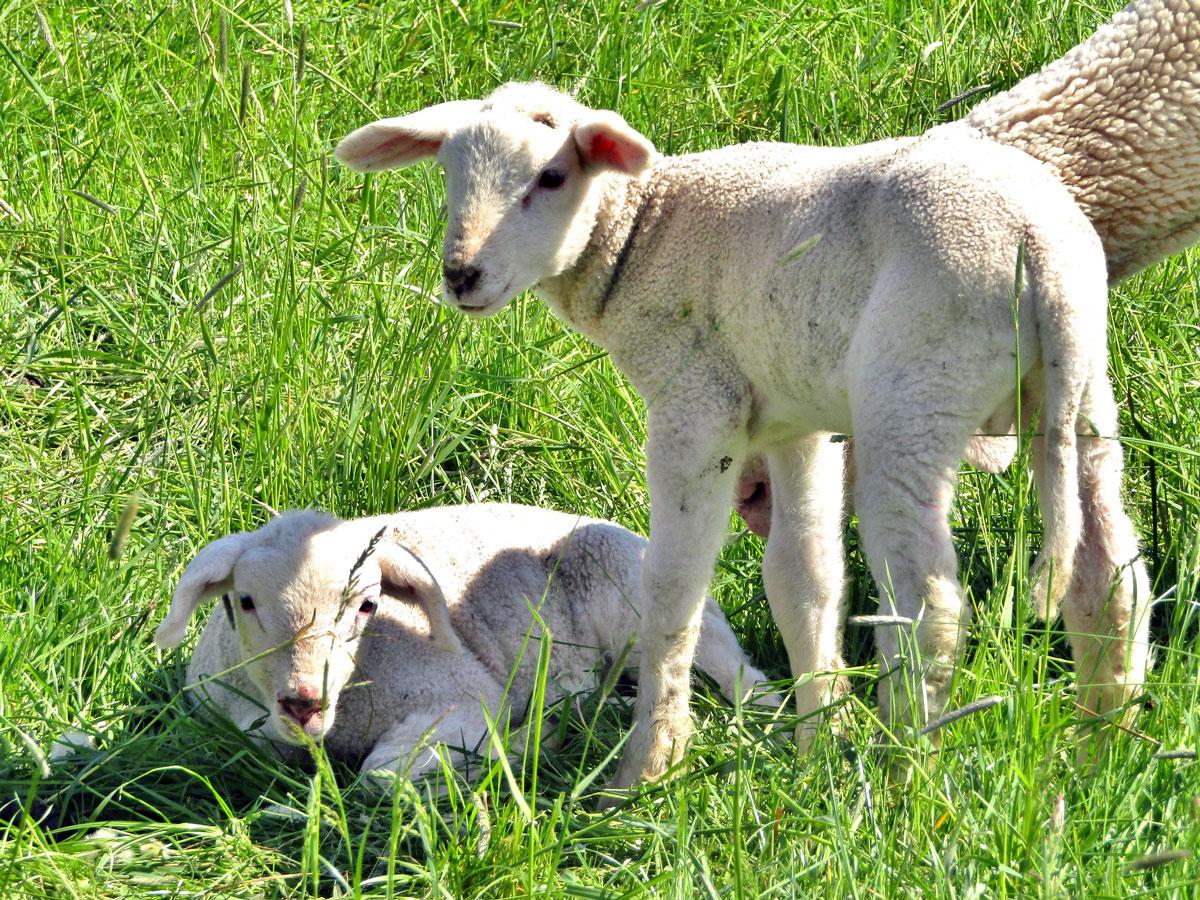Improving sheep reproduction via pregnancy scanning

Study honours in animal science and undertake research that aims to increase lambing percentages through better use of pregnancy scanning technology.
Establishing the reproductive potential of individual flocks is a critical step for sheep producers in their quest to lift lambing percentages. Most of this potential can be readily established by scanning ewes for litter size (foetuses/ewe), as well as for pregnancy status.
However, with 69% of all Australian sheep producers not scanning for foetal numbers (Howard and Beattie 2018), many may not be fully aware of the potential already available within their own flocks and are thus missing out on the benefits, estimated at a profit of $0.80 per ewe (based on 2014-2015 prices), that come from targeting ewe nutrition according to litter size (Young et al. 2016).
These benefits could result from using one or more targeted management practices, such as:
- separation of multiple-bearers from single bearing and dry ewes and allocation of food on offer or supplementary feed based on specific nutritional requirements reflecting litter size
- better targeting of nutrition, including expensive supplements and allocation of limited shelter resources, based on predicted lambing dates, so that ewes giving birth (and their progeny) early or late in the lambing period can be more appropriately managed during the high-risk period around the point of lambing. This can also include giving greater attention to ewes in poorer condition and reducing the proportion of poorer lambs (the tail of the flock)
- ewe culling and retention strategies can be practiced based on scanning and/or reproductive records of individual ewes, with flock gains in net reproduction rate between 2% to 6% expected (Lee et al. 2014).
Obtaining more information from scanning imagery
Some experienced scanning contractors claim that they can obtain extra useful information from a scanning image than simply the presence or absence of foetuses and their size. If validated, then possible predictors of later foetal health could be established at scanning time, providing early identification of foetuses that are at risk of being lost. From that, potential solutions could be devised to reduce losses for the foetuses identified and their dam.
Through the establishment of a reference flock with video recording of experienced contractors in the process of pregnancy scanning, we will be able to validate the ability to extract information on foetal health from scanning imagery, consulting with sonographers, embryologists and experienced pregnancy scanners about suitable criteria.
An honours project can be built around a trial involving experienced scanners assessing criteria for foetal health and development and verifying the criteria again at a second scanning and at lambing time.
Study production animal health
Forbes Brien offers honours projects in the general area of quantitative genetics and its application to livestock improvement programs. His current research focus is genetic improvement of lamb survival and reproductive performance.
Opportunities exist also in the areas of reproductive physiology and predictions of genetic gain in reproductive performance and lamb survival, disease and welfare traits in sheep.

Supervisors
Associate Professor Forbes Brien
Co-supervisor: Associate Professor Kiro Petrovski
Research area: Production animal health; ruminant science
Recommended honours enrolment: Honours in Animal Science
